
The vast and often unforgiving wilderness of Colorado’s Rio Grande National Forest became the tragic backdrop for a six-day search that culminated on September 18 with the discovery of two missing elk hunters, Andrew Porter and Ian Stasko, both deceased. Their disappearance on September 11, following a failure to maintain contact with loved ones during a hunting trip, initiated an expansive multi-agency effort across the rugged terrain.
This incident, unfolding in a popular yet challenging hunting ground, quickly garnered national attention as search and rescue teams grappled with severe weather conditions and the sheer scale of the landscape. The unfolding narrative, pieced together from various reports and family updates, paints a somber picture of the inherent risks associated with backcountry pursuits.
This article aims to provide an in-depth account of the events surrounding the disappearance and subsequent discovery of Mr. Porter and Mr. Stasko, meticulously detailing the critical moments, the environmental factors at play, and the initial efforts undertaken to locate the young men.

1. **The Unsettling Disappearance: A Missed Check-in**Andrew Porter, 25, of Asheville, North Carolina, and Ian Stasko, also 25, of Salt Lake City, Utah, embarked on an elk hunting trip in the Rio Grande National Forest. Both men, originally from Virginia, were experienced hunters, according to family statements.
Their expedition took a distressing turn on September 11, the date of their last known contact. Porter’s fiancée, Bridget Murphy, confirmed that she had last spoken with the men via a Garmin device around 2:45 P.M. on that Thursday afternoon.
Loved ones were expecting them to check in at a predetermined time, a common and crucial safety protocol for those venturing into remote areas. When this communication failed, particularly as severe storms began to sweep into the area that evening, immediate concern arose.
Following the missed check-in, the men were officially reported missing on September 12, prompting the Conejos County Sheriff’s Office to initiate search and rescue protocols. The alarm was raised as electronic communication ceased, and the anticipated contact never materialized.
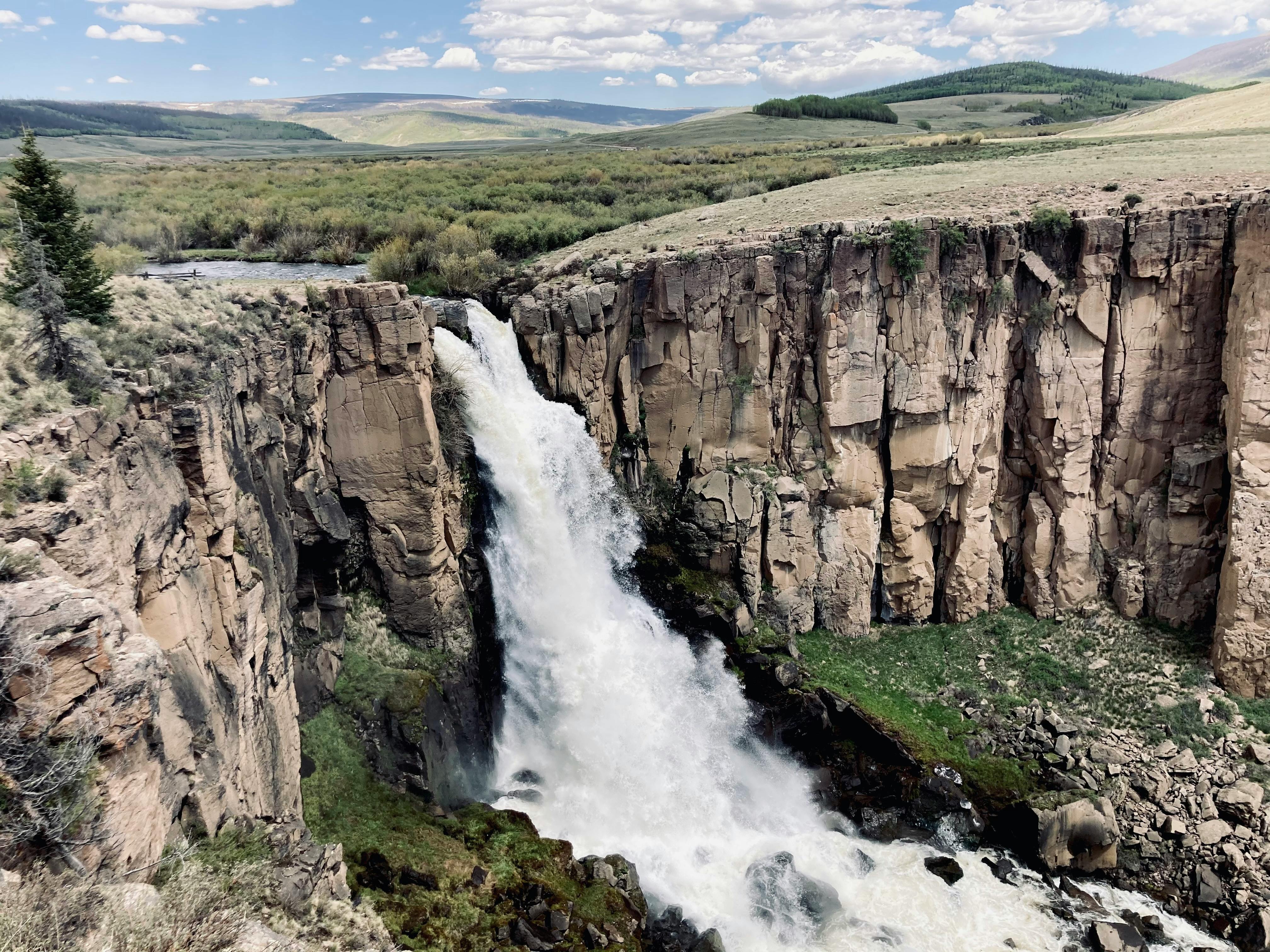
2. **The Rugged Backdrop: Colorado’s Rio Grande National Forest**The Rio Grande National Forest, a sprawling wilderness in southern Colorado, served as the challenging environment for the hunters’ expedition. This vast area encompasses more than 1.8 million acres, extending to the southern border of Colorado.
The specific region where Porter and Stasko were hunting was within the San Juan Mountains, west of the Trujillo Meadows Reservoir, situated about four miles north of the Colorado-New Mexico line in Game Management Unit 81. This particular area is widely recognized as a popular destination for elk hunters, indicating its appeal but also its inherent ruggedness.
Known for its dramatic elevation changes, dense forests, and unpredictable weather patterns, the Rio Grande National Forest presents significant navigational and survival challenges. Its remote nature means that assistance can be hours, if not days, away, underscoring the necessity for thorough preparation and reliable communication.
The terrain’s complexity, characterized by deep canyons, high peaks, and extensive forested areas, can quickly disorient even experienced individuals. This natural difficulty would become a significant factor in the search efforts that followed the hunters’ disappearance.

3. **A Sudden Turn: The Onslaught of Severe Weather**The timing of the hunters’ disappearance coincided with a rapid and severe shift in meteorological conditions. On September 11, the day of their last contact, “bad cold storms and fog came in quickly and continuously,” according to Ms. Murphy’s account.
These harsh conditions persisted, with reports detailing “heavy rain and bad weather” sweeping through the region. Other descriptions included “thunder, lightning, very, very bad fog, and rain,” which created perilous circumstances for anyone caught in the open backcountry.
The severe weather continued unabated until the morning of September 14, three days after the initial storms arrived. Such a prolonged period of adverse conditions, marked by cold temperatures and reduced visibility, significantly increases the risk of hypothermia, disorientation, and other survival challenges.
The sudden and sustained nature of these storms would later be cited as a critical factor in the hunters’ predicament, potentially compromising their ability to navigate, seek shelter, or maintain body heat, especially if they were not fully equipped for an extended stay.

4. **Unpacked Essentials: The Clues from the Abandoned Vehicle**Upon initiating the search, deputies from the Conejos County Sheriff’s Office located the men’s vehicle at the Rio de Los Pinos Trailhead. This discovery was a pivotal point in understanding the circumstances of their disappearance.
Inside the locked vehicle, search teams found significant amounts of gear, including “camping gear and backpacks.” This finding immediately raised concerns among deputies, particularly given the recent onset of poor weather conditions.
However, a crucial detail emerged regarding what was *not* in the vehicle. Ms. Murphy, Porter’s fiancée, noted that essential hunting equipment such as “his bow, his butchering knives, his game bags or binoculars, things he would take with him to go kill an elk,” were missing from the car. This suggested the men had taken these items with them.
The interpretation from family members, including Ms. Murphy, was that the men likely “thought they were going out for a quick evening hunt with clear weather,” or had “likely headed out for a quick hunt without their main gear.” She also mentioned their previous hunting trips involved returning to their car overnight to sleep, implying an expectation of a shorter excursion this time.
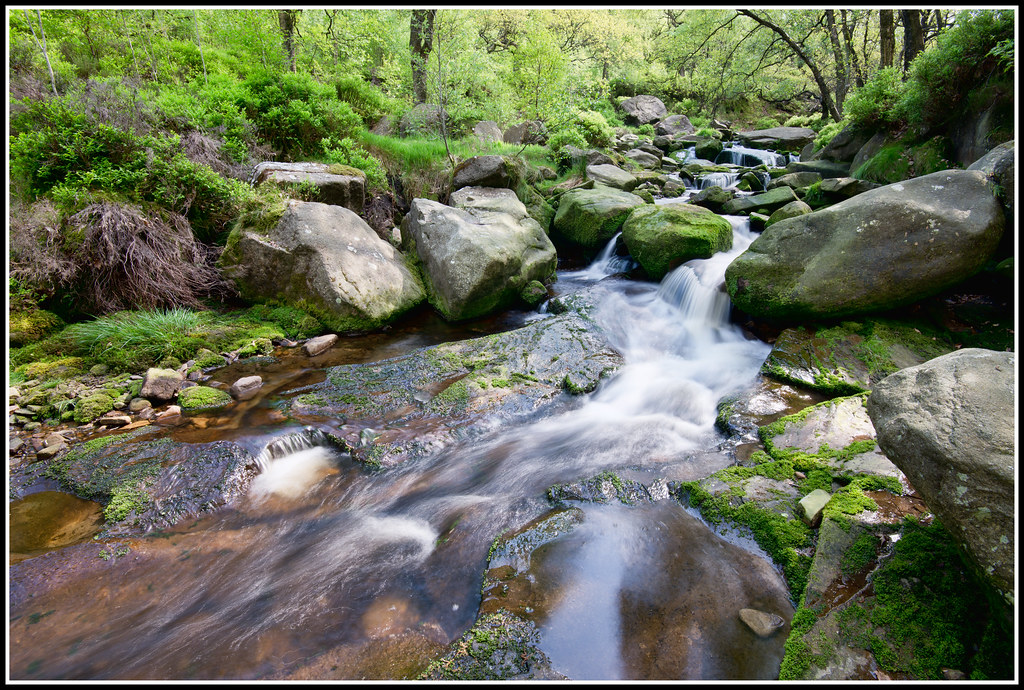
5. **The Initial Alarm: Launching the Search and Rescue Operation**The discovery of the men’s car at the Rio de Los Pinos Trailhead, coupled with the presence of some gear and the absence of the men themselves, immediately triggered a formal search and rescue operation. This began on Saturday, September 13, following the initial report of their missing status.
The Conejos County Sheriff’s Office took the lead in coordinating the response, recognizing the gravity of the situation given the ongoing poor weather and the hunters’ unequipped status for a prolonged outdoor stay. Early concerns focused on the “recent poor weather” and the fact that “a lot of their gear is still in their car at the trailhead.”
Deputies quickly launched search and rescue operations, deploying initial crews on foot, with aerial support, and utilizing dog teams. These preliminary efforts were foundational in establishing a search perimeter and attempting to locate any immediate signs of the missing men.
The initial phase of the operation was characterized by a rapid deployment of available resources, driven by the urgency of the situation and the increasing peril posed by the deteriorating conditions in the backcountry. The early actions set the stage for the massive effort that would unfold in the subsequent days.
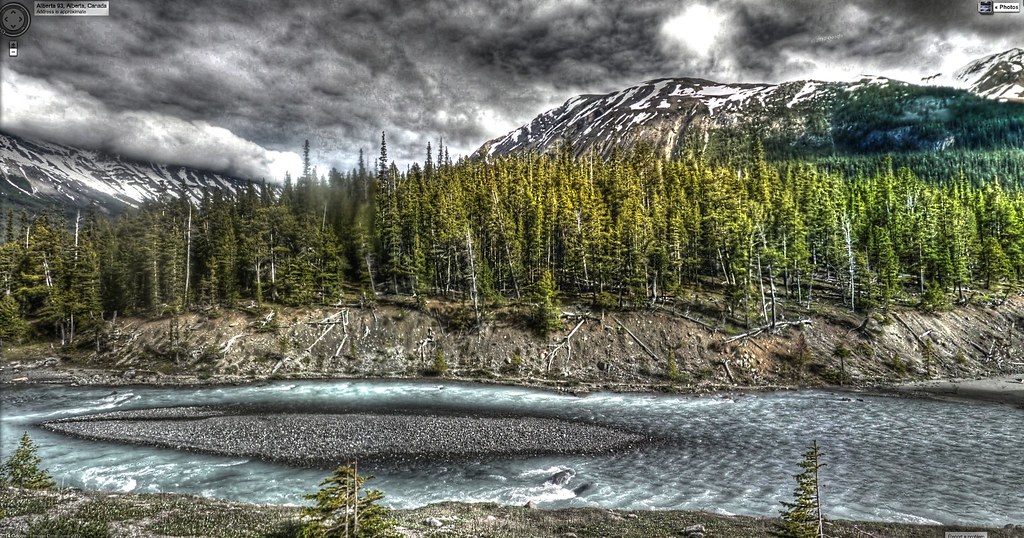
6. **The Silence of the Satellite: Losing Electronic Contact**Crucial to the timeline of the disappearance was the cessation of electronic communication with the hunters. Ms. Murphy had received the last “ping” from Porter’s Garmin device on September 11, originating from near Stasko’s car at the Rio de Los Pinos trailhead.
Subsequently, the men’s satellite phone, another vital safety tool for backcountry adventurers, went unresponsive. This loss of contact meant that loved ones and search coordinators had no further real-time information regarding their location or condition, deepening the level of concern.
The unresponsiveness of the sat phone, combined with the knowledge that much of their primary gear remained in the vehicle, led authorities to conclude that “they may not be fully equipped for an extended stay out.” This amplified the urgency of the search, as time was a critical factor.
Electronic communication devices are often a last line of defense in remote areas, providing a means to signal for help or update contacts on one’s status. Their failure or unresponsiveness in severe conditions effectively isolates individuals, making traditional search methods the only recourse for location and rescue.

7. **The Expanded Search Operation: A Coordinated Effort Across Challenging Terrain**As the urgency of the situation intensified, the search for Mr. Porter and Mr. Stasko rapidly escalated into a massive, multi-agency operation. The Conejos County Sheriff’s Office led a coordinated response that encompassed an array of resources, reflecting the gravity of the disappearance in the challenging backcountry environment. Over 54 teams, comprising both professionally trained search and rescue personnel and dedicated volunteers, were deployed into the field.
The scale of this effort was considerable, with more than 170 personnel eventually assisting in the search. These teams, typically consisting of three to four individuals, traversed the rugged landscape on foot or horseback. Their methodical movements were essential for covering the expansive and often treacherous terrain of the Rio Grande National Forest.
Technological assets augmented the ground efforts, with drones and helicopters conducting aerial searches. These airborne platforms provided crucial vantage points over dense forests and deep canyons, areas difficult to access by ground crews. The combination of ground and air operations aimed to maximize coverage in the vast wilderness.
The search drew upon a wide network of support, with volunteers traveling from numerous counties within Colorado and from neighboring states, including Texas, Oklahoma, Arkansas, and Wyoming. This broad participation underscored the community’s resolve and the widespread commitment to locating the missing hunters. The intensive effort continued for six days, demonstrating unwavering dedication despite the formidable conditions.
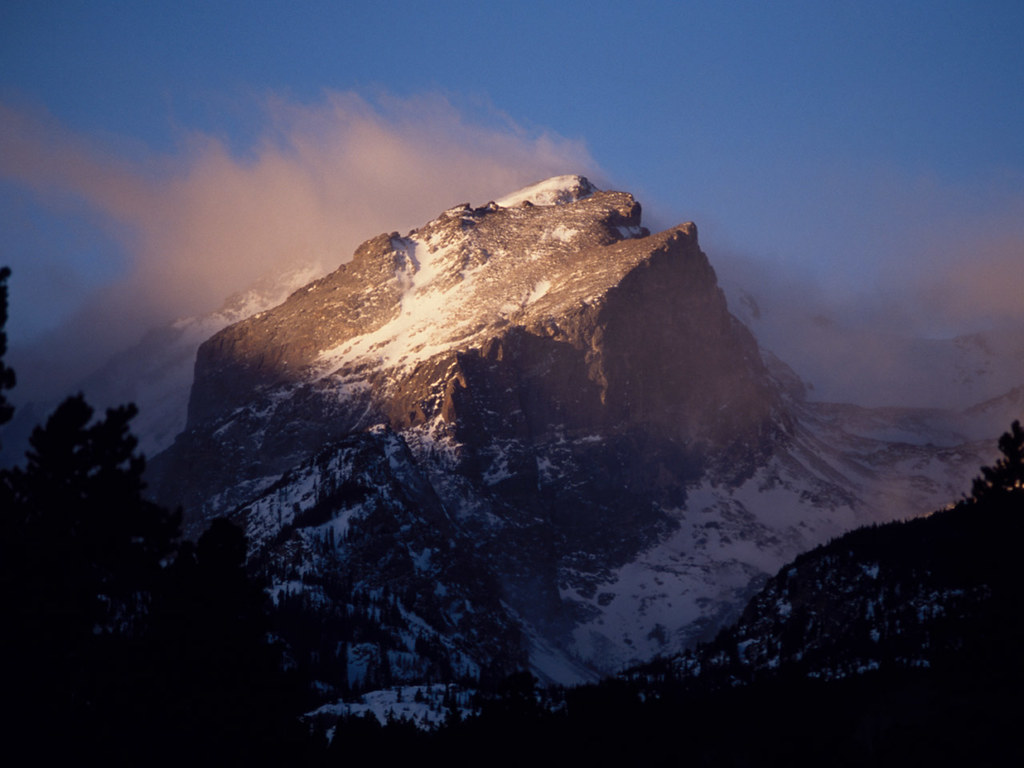
8. **Eyewitness Accounts: A Crucial Shift in the Search Timeline**Early in the search, a pivotal development emerged through eyewitness accounts from other hunters in the area. On Friday morning, September 12, the day after Mr. Porter and Mr. Stasko were last in contact, fellow hunters reported encountering the two men near the Spruce Hollow Trailhead in the Rio Grande National Forest, around 10 a.m.
These hunters provided critical details, stating that Mr. Porter and Mr. Stasko had informed them they had spotted a large bull elk and were heading back out to track the animal. This sighting provided a much-needed, albeit brief, update on their last known actions and location, suggesting they were still active in their hunting pursuit.
This information significantly altered the timeline of their disappearance, indicating that the men were alive and moving through the forest approximately 19 hours after their last communication via Garmin device. It also offered insight into their immediate intentions, reinforcing the theory that they were engaged in a short, focused hunt.
Approximately an hour after this reported encounter, the men’s vehicle was apparently moved to the Rio de Los Pinos Trailhead, where it was subsequently found by search and rescue teams. This detail, combined with the eyewitness testimony, was crucial for search coordinators in refining the target area and adjusting strategies for the expanded search operation.

9. **Family and Public Support: The Power of Crowdfunding and Community**Amidst the extensive search efforts, the families of Andrew Porter and Ian Stasko rallied both personal and public support, demonstrating the profound impact of collective action during a crisis. Lynne Runkle, Porter’s aunt, established a verified GoFundMe page, which quickly became a central hub for updates and financial contributions aimed at aiding the search.
This crowdfunding initiative resonated deeply with the public, accumulating more than $78,000 before it was eventually disabled following the tragic discovery. The funds were intended to assist with the substantial costs associated with a prolonged and large-scale search and rescue operation, highlighting the financial burden that such events place on families.
Family members, including Porter’s fiancée, Bridget Murphy, actively engaged with the public through social media, sharing updates and expressing their unwavering hope and determination. Ms. Murphy’s posts, such as “We are here. We won’t stop. These people today are ready to work as hard as possible to find you,” underscored the personal anguish and persistent efforts of those closest to the missing men.
The involvement extended beyond online platforms; family members from both Mr. Porter and Mr. Stasko traveled to Colorado to assist in the efforts on the ground. This convergence of personal dedication and widespread public support through crowdfunding and prayers illustrated the vital role community plays in supporting families facing unimaginable uncertainty.
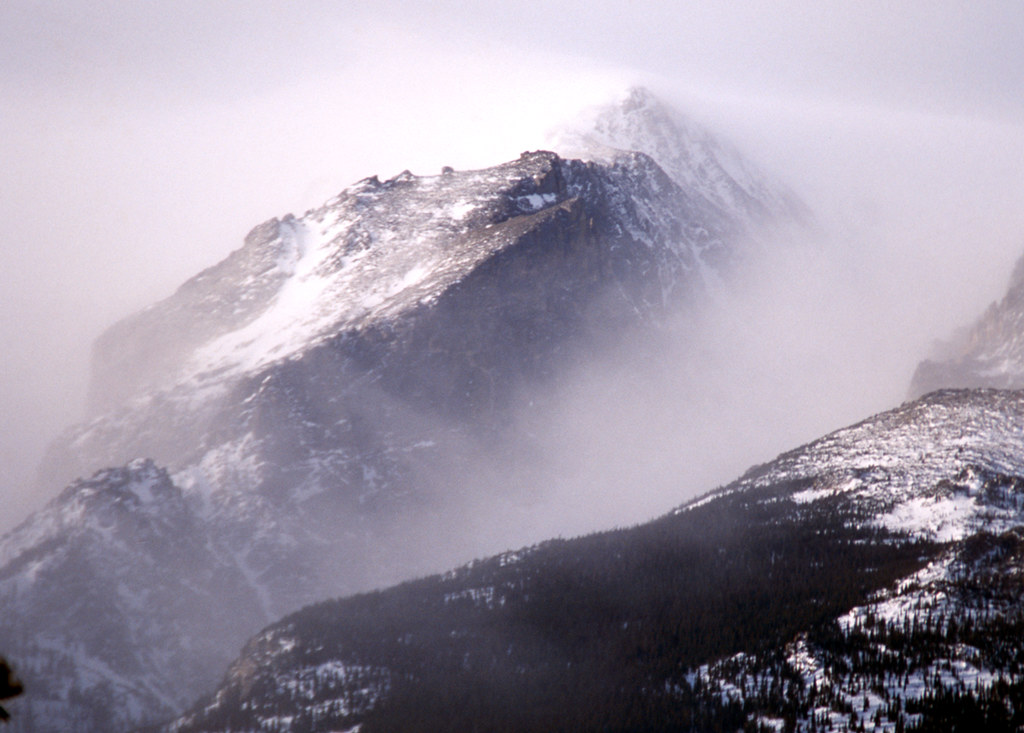
10. **The Solemn Discovery: An End to the Six-Day Search**The extensive six-day search for Andrew Porter and Ian Stasko culminated in a somber discovery on Thursday, September 18. At approximately 11:00 a.m. on that day, search and rescue crews operating in the Rio Grande National Forest located the bodies of two males.
The Conejos County Sheriff’s Office confirmed the recovery of two bodies approximately two miles from the Rio De Los Pinos Trailhead, the same location where the men’s vehicle had been found. While the Sheriff’s Office initially stated the individuals remained unidentified pending official processes, family members swiftly confirmed the heartbreaking news.
Lynne Runkle, Porter’s aunt and the organizer of the GoFundMe page, updated the public with the profound sorrow of the discovery. “It is with a broken heart and through tears that I give you this update. Andrew and Ian have both been found deceased. Their bodies were discovered earlier today by Colorado Search and Rescue,” she wrote.
This announcement brought a definitive, albeit tragic, end to the anxious waiting period for the families and the thousands who had followed the search. The recovery of the bodies provided closure to a massive effort that had spanned nearly a week across the rugged Colorado backcountry.

11. **The Ongoing Investigation: Seeking Answers Amidst Grief**Following the discovery of the bodies, the Conejos County Sheriff’s Office initiated an ongoing investigation to ascertain the circumstances surrounding the deaths of Andrew Porter and Ian Stasko. While the bodies were recovered, immediate details regarding the cause of death were not released to the public.
Sheriff Garth Crowther stated in a news release that the men remained officially unidentified at the time of discovery, with further details pending positive identification and notification of next-of-kin. This protocol is standard procedure in such sensitive cases, ensuring accuracy and respecting the privacy of the affected families during a period of profound grief.
The Sheriff’s Office emphasized that the investigation would continue, indicating a thorough examination of all available evidence to provide a comprehensive understanding of the events leading to the hunters’ deaths. The delay in releasing specific details is part of a meticulous process aimed at determining factual information.
As of the initial announcements, the cause of death remained undisclosed, underscoring the methodical approach authorities take in unraveling complex incidents in remote environments. The ongoing inquiry aims to piece together the full narrative, offering clarity to the families and the wider community.
Read more about: Marjorie Taylor Greene’s Call for a ‘National Divorce’: An In-Depth Look at the Proposal, Its Roots, and Reactions in a Divided America

12. **Community Gratitude: A Testament to Collaborative Resilience**In the aftermath of the tragic discovery, a profound sense of gratitude permeated the community, extending to all individuals and agencies involved in the extensive search. The Conejos County Sheriff’s Office issued a statement commending the extraordinary efforts of the search and rescue teams, volunteers, and supporting organizations.
“The commitment, coordination and professionalism of all those involved in the search are a testament to our efforts,” the sheriff’s office stated, acknowledging the unwavering dedication displayed over six challenging days. This sentiment highlighted the collaborative spirit that defined the operation, bringing together diverse groups for a common, urgent cause.
Family members, despite their profound grief, also expressed heartfelt thanks to those who tirelessly searched. Lori Meistrell, one of Porter’s aunts, conveyed the family’s gratitude to “local law enforcement, search and rescue, volunteers, and anyone who reached out for their hard work and support during the search effort,” recognizing the compassionate response from countless individuals.
This collective outpouring of appreciation underscored the strength of community bonds and the selflessness of those who respond to calls for help in the wilderness. The perseverance demonstrated by everyone involved in the search for Andrew Porter and Ian Stasko serves as a testament to the resilience and collaborative spirit inherent in such dire circumstances.
The tragic conclusion to the search for Andrew Porter and Ian Stasko serves as a stark reminder of the inherent risks associated with backcountry pursuits, particularly when severe weather intervenes. Yet, it also illuminates the immense compassion and dedication of search and rescue professionals and volunteers, whose tireless efforts, often in the face of daunting challenges, provide a beacon of hope and support to families in their darkest hours.



